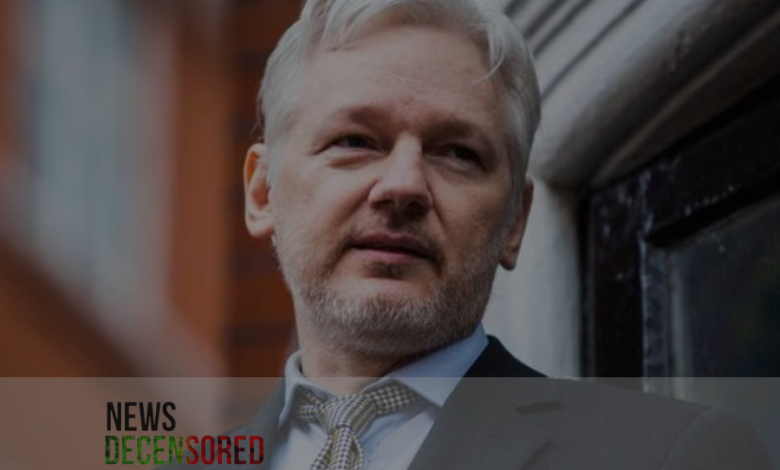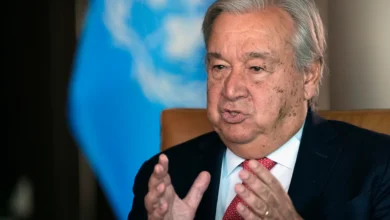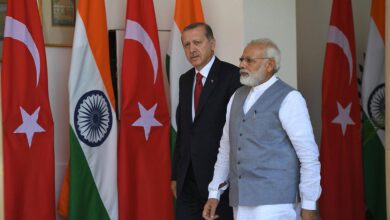Julian Assange Released from Jail: What Was the Case and Story Behind His Plea Deal

Julian Assange, the founder of WikiLeaks, has been at the center of controversy for more than a decade after his organization leaked classified US military documents and diplomats’ cables. After years of legal struggle, which included being granted asylum in Ecuador’s embassy and imprisonment in the UK, Assange was released through a plea deal and is now in Australia.
Assange, born on July 3, 1971, in Townsville, Queensland, Australia, was no ordinary man. He became a global figure because of his journalistic and political interventions in the modern world.
Early Life and Initial Steps into Hacking
Julian was interested in computers from childhood. Within the early 1990s, he established himself as one of the most prominent hackers in Australia. Some of these influences included an early psychophysical focus on technology and information that prepared him for later projects.
Story behind WikiLeaks
Since Assange launched WikiLeaks in 2006, the organization has focused chiefly on disclosing material on the actions of powerful governments and corporations. Therefore, the goal was to stop any illegal activity and to let others know what particular groups or people were up to. The premise that individuals have a right to information about activities taken on their behalf and in their name served as the foundation for Wikileaks’ activity.
Wikileaks, a website that disseminated several official reports on war, espionage, and corruption, was managed by Mr. Assange. The US military helicopter footage of civilian deaths in Baghdad, the capital of Iraq, was made public in 2010.
Additionally, thousands of private documents provided by retired US Army intelligence officers were revealed. Efforts were made to bring him to the US for prosecution – which he fought for 14 years in some of the world’s highest courts. Mr Assange has consistently argued that he exposed serious abuses by US armed forces and that the case against him was politically motivated.
The Leaks in 2010 and International Acknowledgment
Assange hit world stardom in the year 2010 when WikiLeaks began releasing information from wired sources such as Chelsea Manning, an Ex-US Army intelligence analyst. These leaks included a chilling video of an Apache helicopter attack on a Baghdad suburb in 2007 when over a dozen people were killed, of whom two were Reuters employees. This release, dubbed ‘Collateral Murder,’ brought a lot of attention to WikiLeaks and the military actions that the United States was conducting in Iraq.
Furthermore, the same party leaked more than one-quarter of a Million US Diplomatic Cables related to more important exposures and controversies involving the US Department of State and the diplomatic centers of the international community in the real world. Such revelations depicted the internal functioning of foreign affairs and uncovered different cases of rigging, spying, and political machinations.
Legal Troubles and Asylum
WikiLeaks was suddenly in the crosshairs of the US Government, as the incidents were viewed as scandals. The US Government proceeded to conduct a criminal investigation on WikiLeaks. Chelsea Manning was tried and sent to prison, although her sentence was changed later on. In this case, Assange was charged with conspiracy to commit hacking into the US military databases, thus being accused of espionage and other related offenses.
Swedish authorities requested his arrest in 2010 on matters of rape and molestation, which Assange declined by arguing that they were mere ploys to extradite him to the US. In 2012, asylum was offered at the Ecuadorian embassy in London for fear of extradition. He stayed in the government facility for seven years, and different celebrities, including the actress Pam Anderson and the singer Lady Gaga, visited him.
Extradition Battle and Imprisonment
Later, in 2019, Assange was ejected from the Ecuadorian embassy and detained by the British Police. He was subsequently put in a British jail for the next five years as he battled extradition to the US. His interpretations were some of the most famous cases of freedom of the press versus the policy security question that haunted journalists and governments in the 20th century.
Resolution and Release
Assange’s legal ordeal was long until he made a critical decision: He would take a plea and be convicted of a single count of conspiring to commit computer intrusion under the US Espionage Act. That being the case, apart from agreeing to pay $2 million, he was not mandated to spend time in a US jail. This decision was reached following diplomatic negotiations and due to the exerted pressure from Australia, where Prime Minister Antony Albanese said the case had taken too long.
His release was trimmed with joy, as people who supported him considered his case one of freedom of the press and human rights. Stella Assange, his wife, said she was relieved about the outcome of the case, and at some point during the trial, it was touch and go. Julian Assange is now a free man in Australia.




